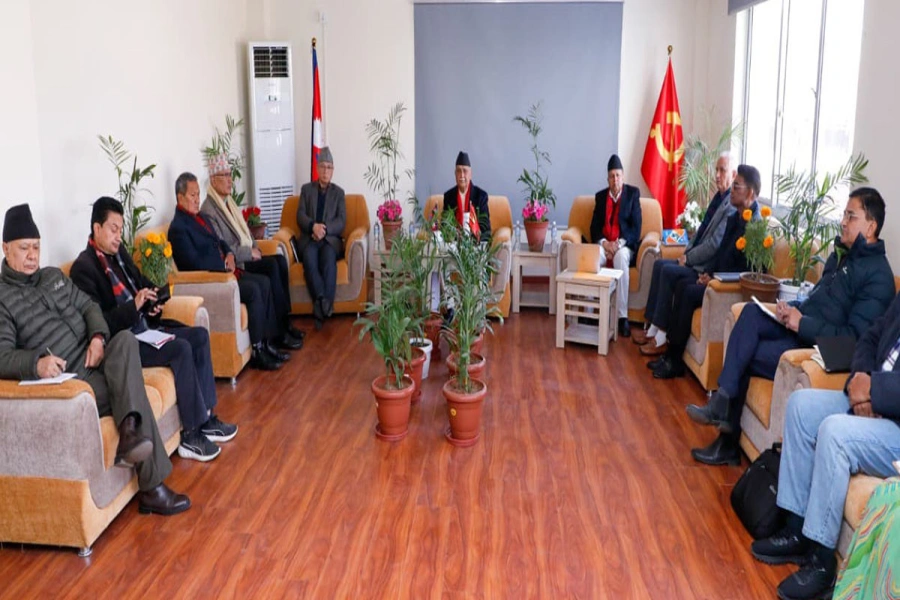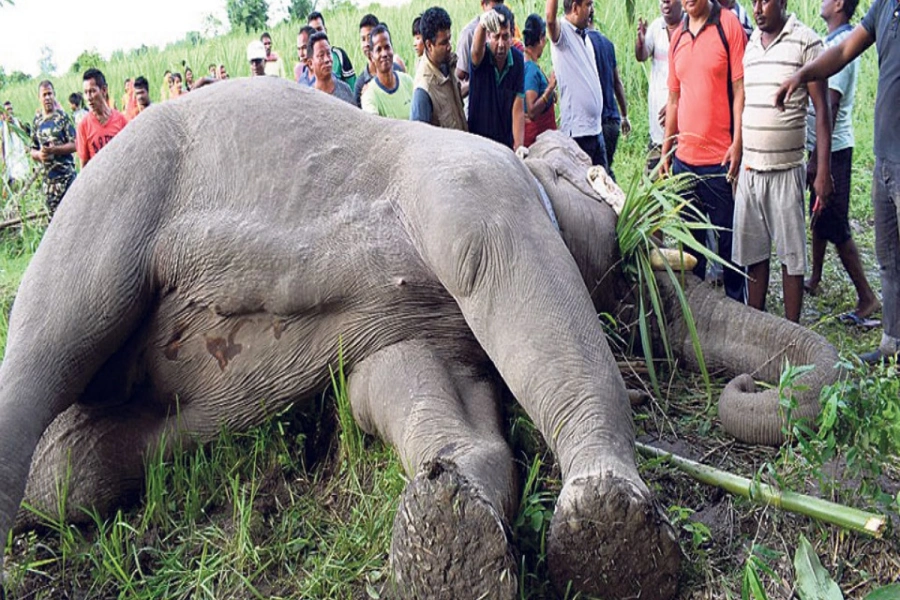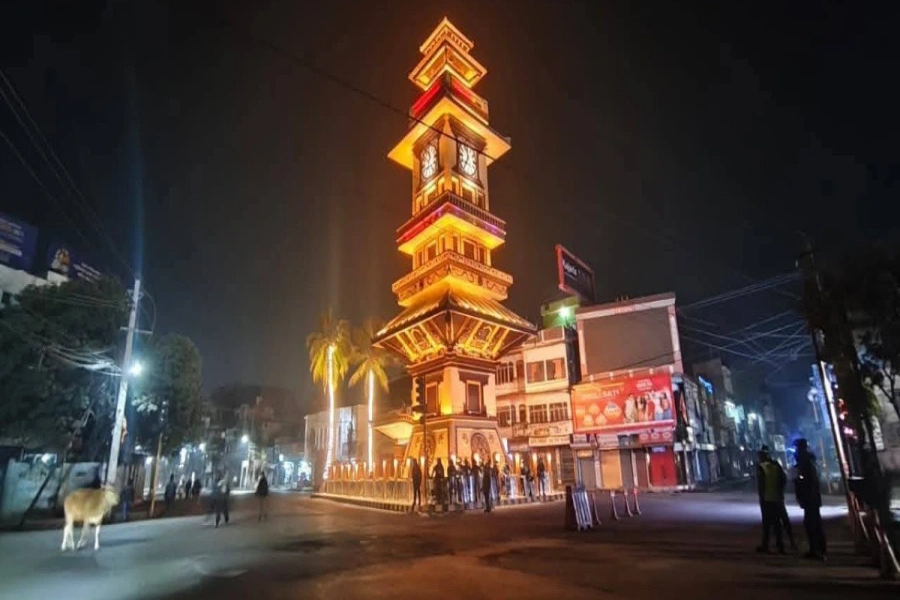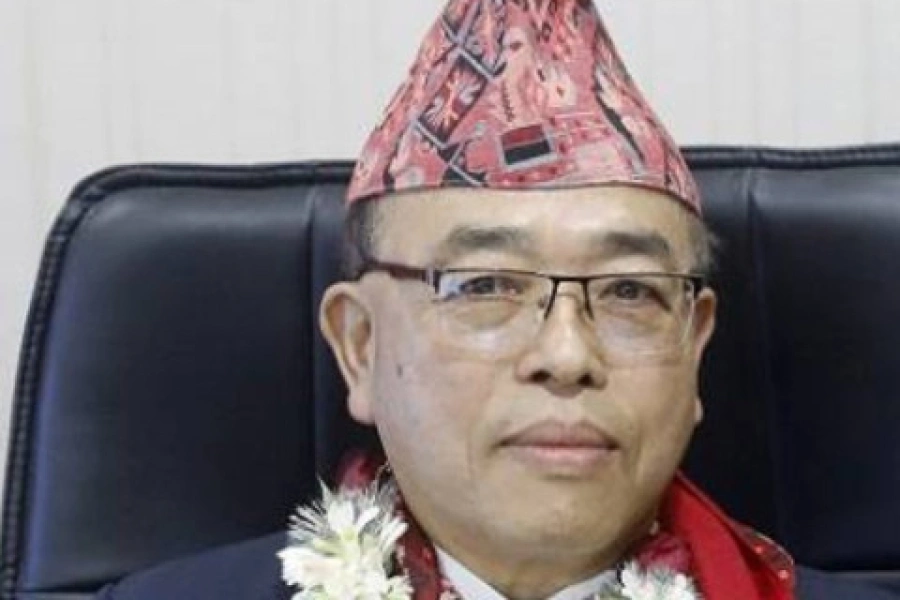KATHMANDU, Nov 25: Government's plan to prevent vehicles older than 20 years from plying in the country's roads from February 28 seems unlikely to get through. With just three months remaining for the deadline, concerned authorities are yet to reach an understanding over the terms of compensation to be made to entrepreneurs.
For over a decade the Department of Transport Management (DoTM), under the instruction of Ministry of Physical Infrastructure and Transport (MoPIT), has been attempting to remove old vehicles from the streets. However, such attempts have failed to bear fruits due to objection from transport entrepreneurs, who claim that many transport entrepreneurs would go into losses if the decision is enforced without concrete plans.
"Many transport entrepreneurs are involved in buying and selling second-hand vehicles. Those who made recent investment in old vehicles will go into huge loss if the government prevents them from operating," said Bijay Bahadur Swar, Senior Vice-president of Federation of Nepalese National Transport Entrepreneurs (FNNTE).
Over 140,000 vehicles older than 20 years still on roads despit...
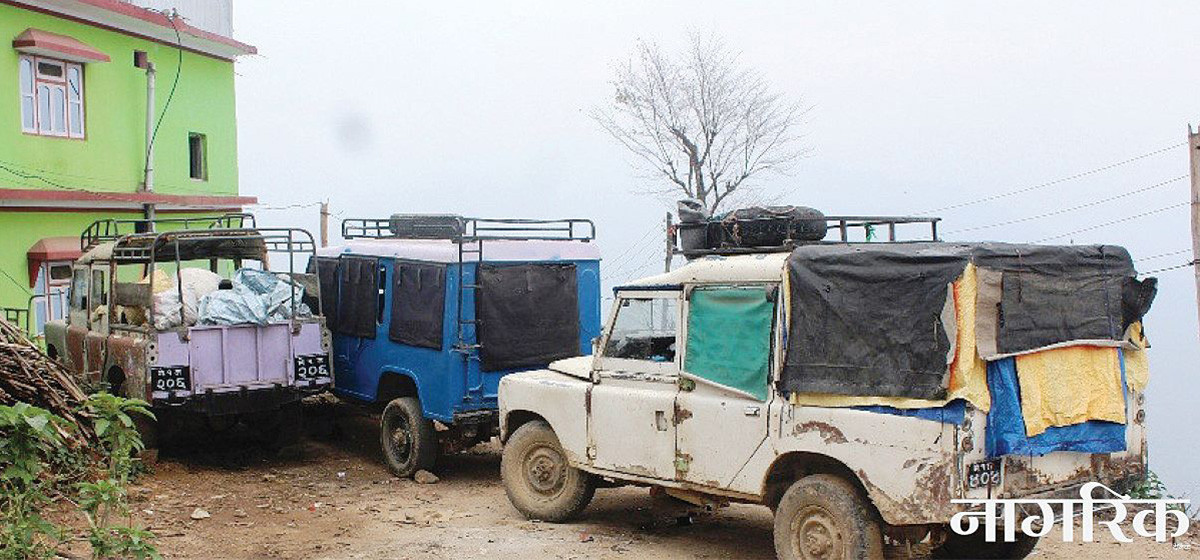
After a joint discussion with transport entrepreneurs in March last year, the DoTM had agreed to withhold implementation of the decision for two years so that transport entrepreneurs could operate such vehicles and get return of their investment.
However, the FNNTE has lately declined to remove such vehicles from the roads unless government compensates the entrepreneurs. "The government cannot just kill our investments. We are willing to cooperate with them if they are willing to provide compensation on vehicles that are ineligible to operate," said Swar. Along with that transport entrepreneurs have also sought waiver on customs duty to such entrepreneurs if they purchase a new vehicle to replace the old one.
FNNTE President Saroj Sitaula said the decision to scrap old vehicles will be difficult to implement unless the government gives in to their demand. "Though the deadline is nearing, the government has not taken any initiative to discuss our demands. It may take time to implement the decision as we are yet to sit with concerned authorities for discussing our concerns."
Old vehicles are one of the major factors causing air pollution and road accidents. As they are fuel-inefficient, a huge amount of expenses on fuels can be saved if replaced with new ones. Likewise, old vehicles are also prone to technical glitch, such as break failures among others.
Tokraj Pandey, spokesperson for the DoTM, said transport entrepreneurs have not yet registered their objection with the department. Stressing on the need to implement the move, he said if successfully implemented it will not only reduce pollution level, but will also make significant contribution in traffic management, and reducing traffic-related accidents along with easing public transportation.
"Scrapping old vehicles will pave way for new vehicles to operate. Better fuel efficiency of new vehicles will help entrepreneur to save fuel costs. Most importantly it will help in improving worsening environmental conditions," he added.
The DoTM estimates the number of such vehicles in the Kathmandu Valley to be around 2,000. Thousands more vehicles are operating outside the valley although the exact data is unavailable with the DoTM.



